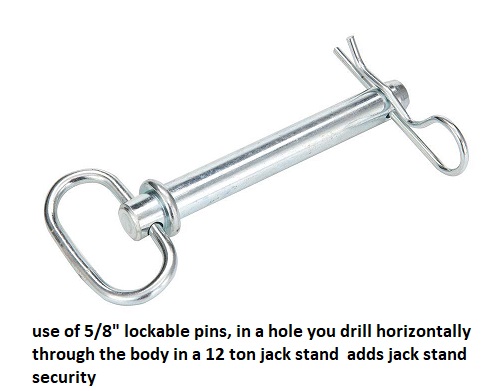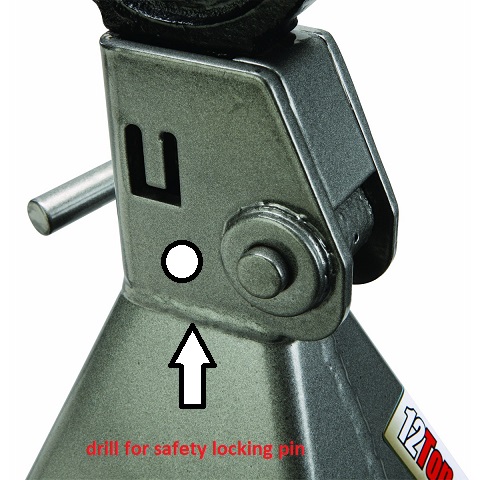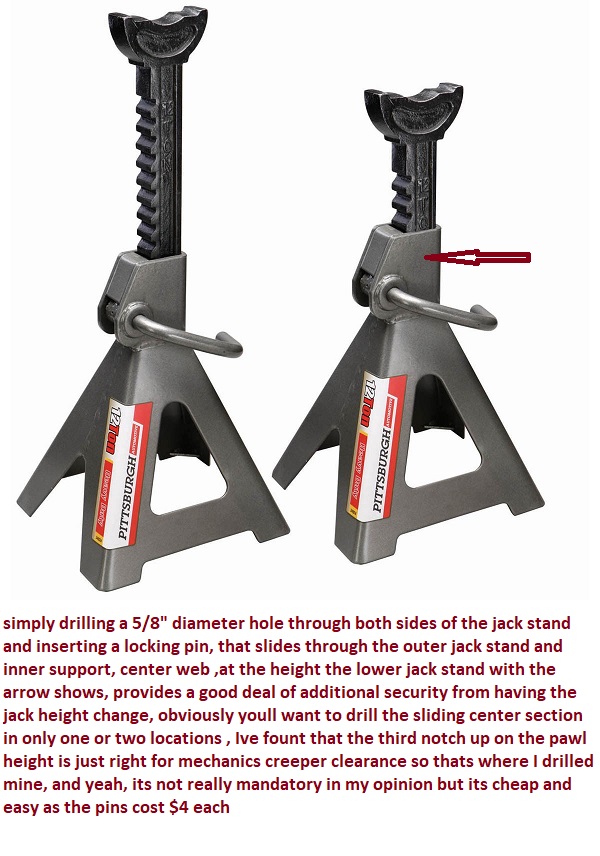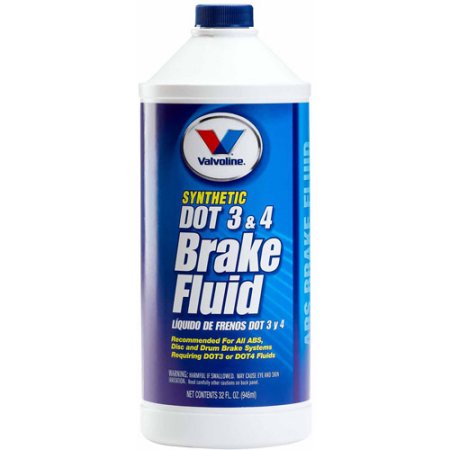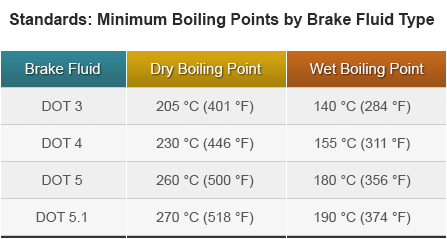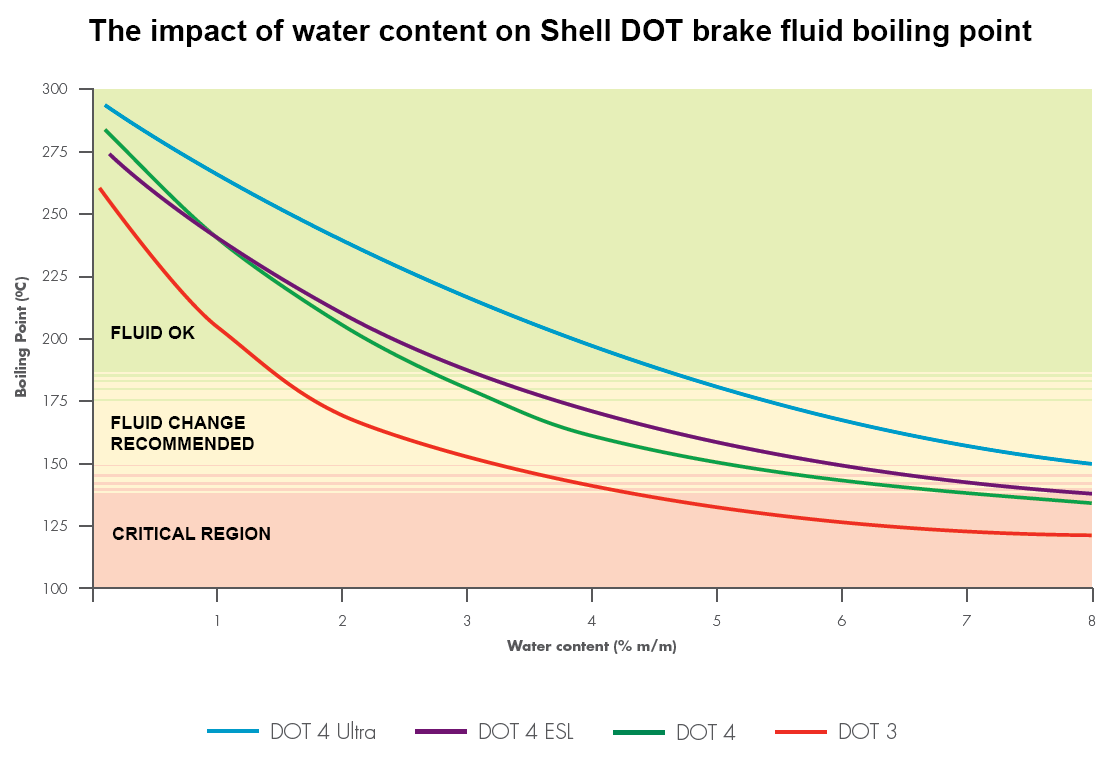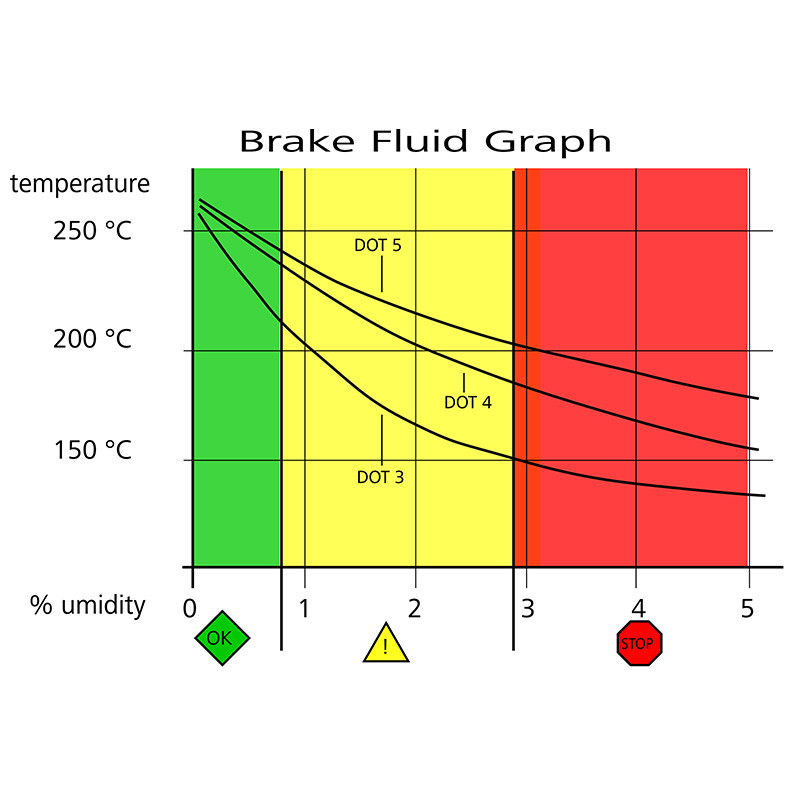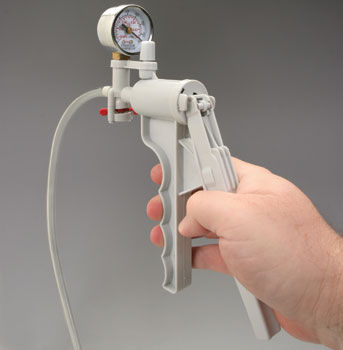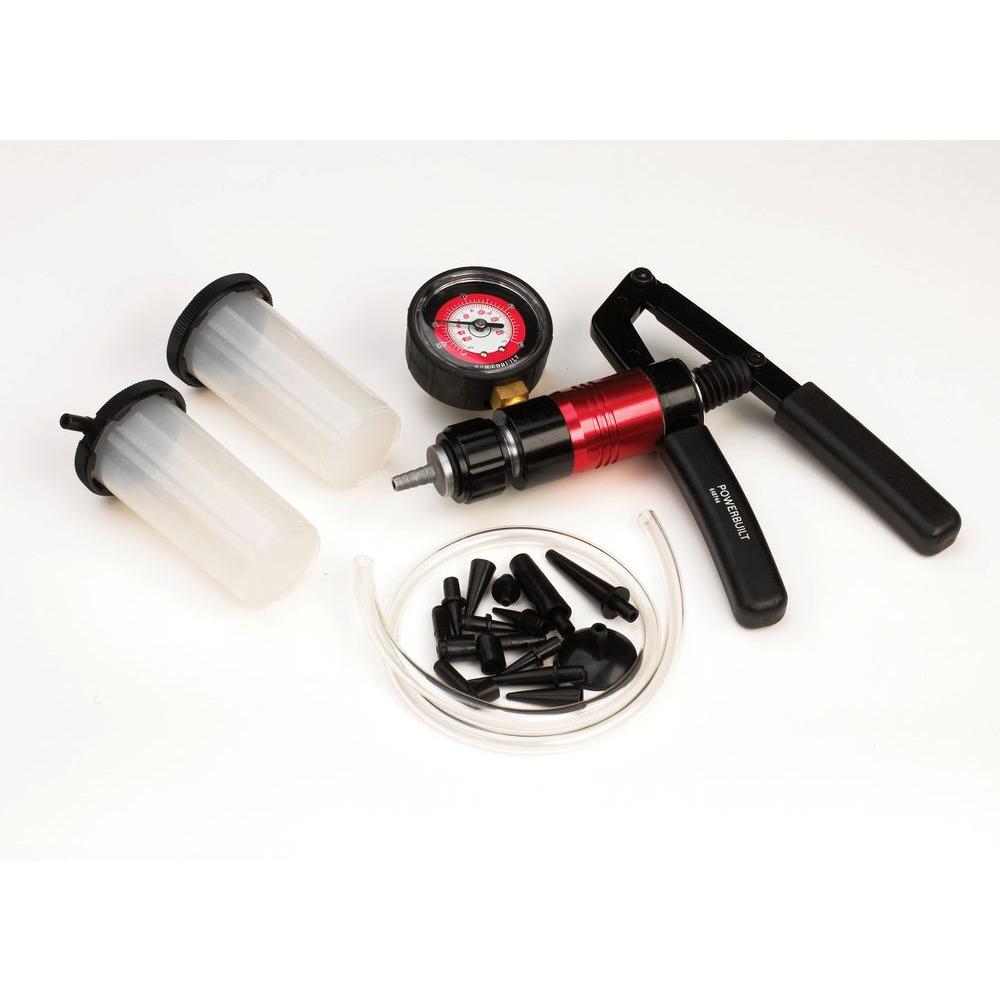http://garage.grumpysperformance.com/index.php?threads/ceramic-brake-pads.1361/
http://www.stoptech.com/tech_info/wp_wa ... disk.shtml
http://www.classicperform.com/TechBook/ ... eshoot.htm
http://autorepair.about.com/od/troubles ... brakes.htm
http://www.afcoracing.com/tech_pages/shoot.shtml
http://home.att.net/~m.prendergast-alli ... AKCHRT.htm
http://www.clarks-garage.com/shop-manual/ts-07.htm
There are a few different systems for bleeding the brake system (2-person, 1-person vacuum, pressure, etc.). Which one of them would you consider the best and why? Do you have a preference?[/QUOTE]
http://www.aaawholesalecompany.com/bem-484410-pk.html
NOTICE THEY COME singly for about $8-$9 each or 12 to a carton and cost about $60 a dozen so get two to 6 buddies to split the cost
medical supplys can be useful bleeding brakes
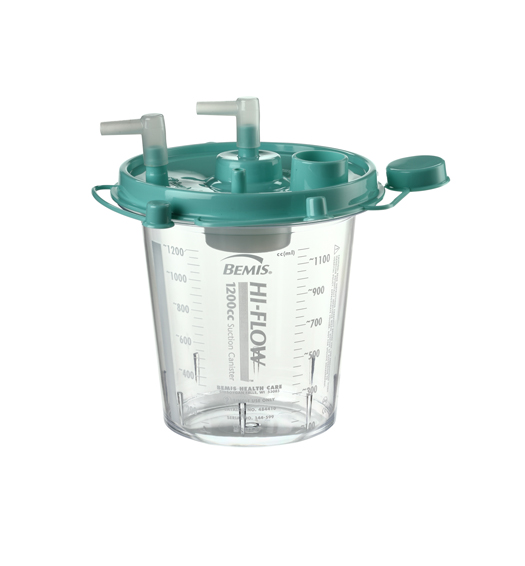
read this
http://www.popularmechanics.com/automot ... 13448.html
"Ive only found one semi-fool proof way, and thats with two guys, doing the old...
check the fluid level, pump the brake pedal,several times,....., hold it,firmly to the pressure point f,...release the bleeder valve, on the wheel, let the pedal hit the floor,...close the bleeder valve, only then, let the pedal up, repeat, about 4 times than refill the master cylinder,repeat untill you get clear new fluid and no air in the clear tubing, routine, on each wheel with a 1/4 dia section of 3 ft long clear plastic tube routeing the old brake fluid into a large plastic container, all the time getting feed back on feel from the guy pumping the brakes whos also and making sure the brake fluid resavoir never gets low
So Grumpy, are you of the opinion that a single person bleeder is NOT the way to go? I like to work on my ride at 0-dark thirty in the middle of the night and my buddies hate it when I call and try to drag them out of bed at that hour.
(although I could probably call you... you don't seem like you would mind at all )
)
no, I probably would not mind at all, (I enjoy working on cars) but the wife might!
yes the brake bleed , suction tools can be used succesfully, but its still not as good as having someone help and give constant verbal feed back as to pedal feel and master cylinder fluid levels in my opinion.
http://djvmerchandise.com/pro1124764.html
http://djvmerchandise.com/pro1133025.html
http://www.harborfreight.com/cpi/ctaf/d ... mber=92474
INDYCARS posted this info
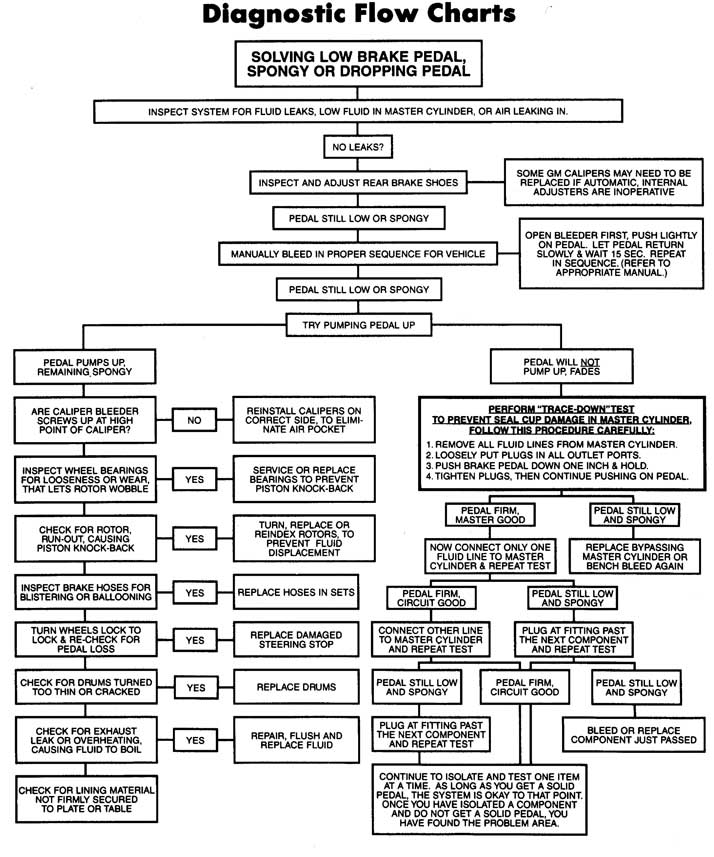
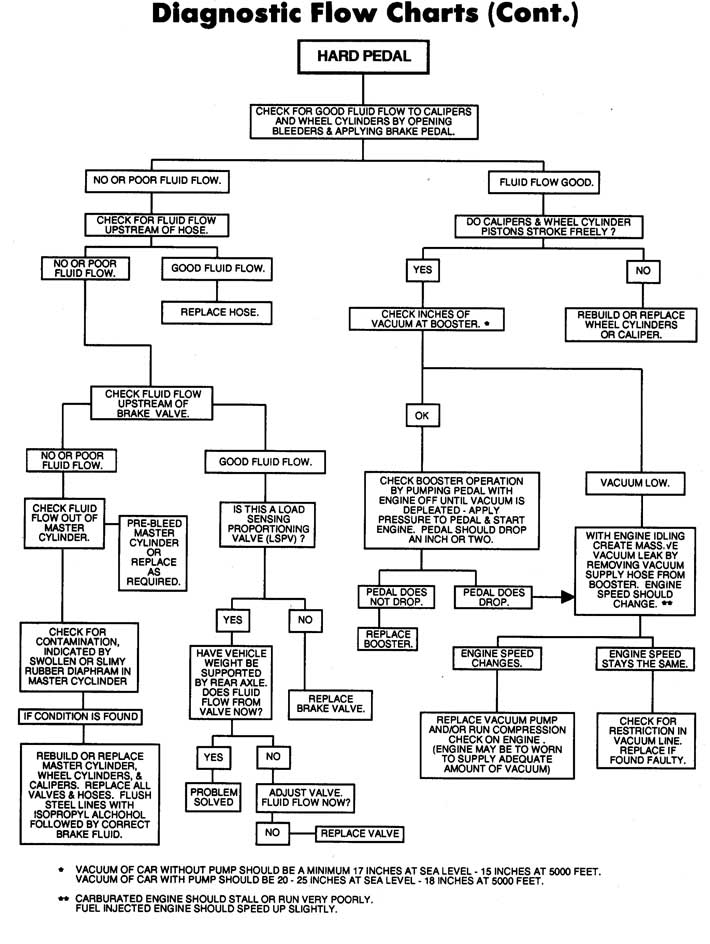
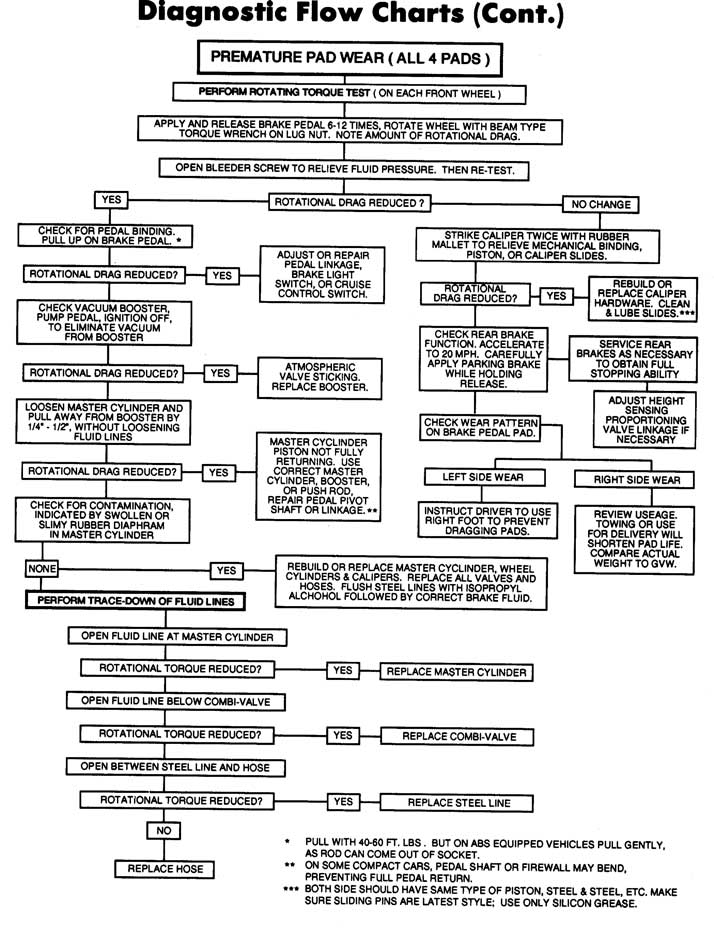

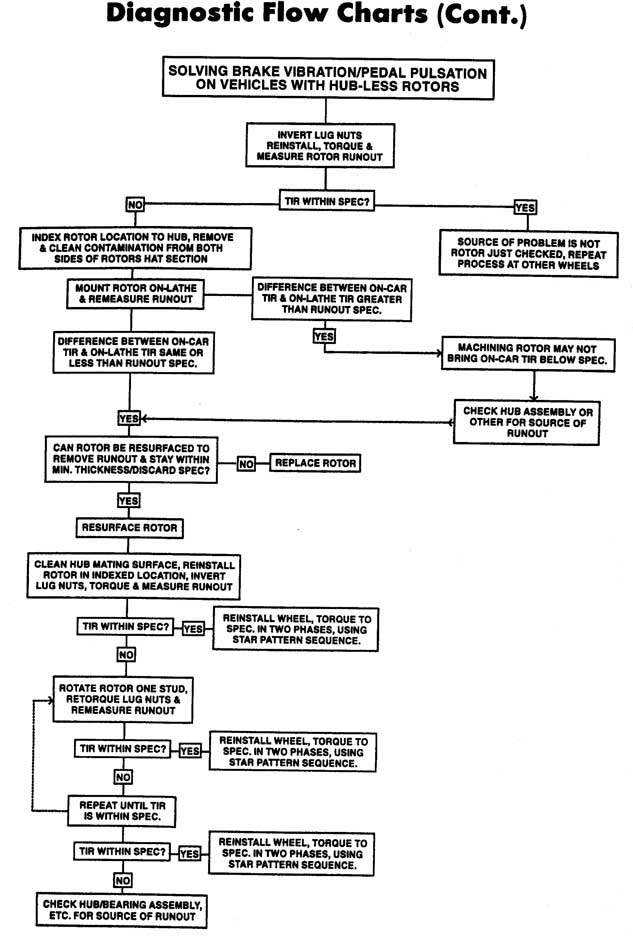

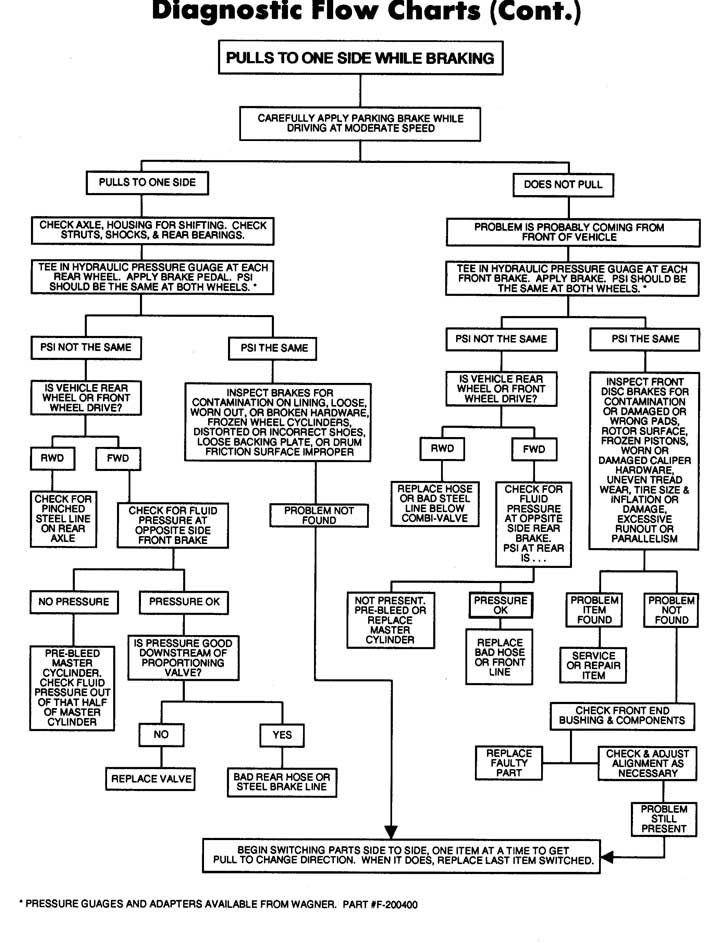
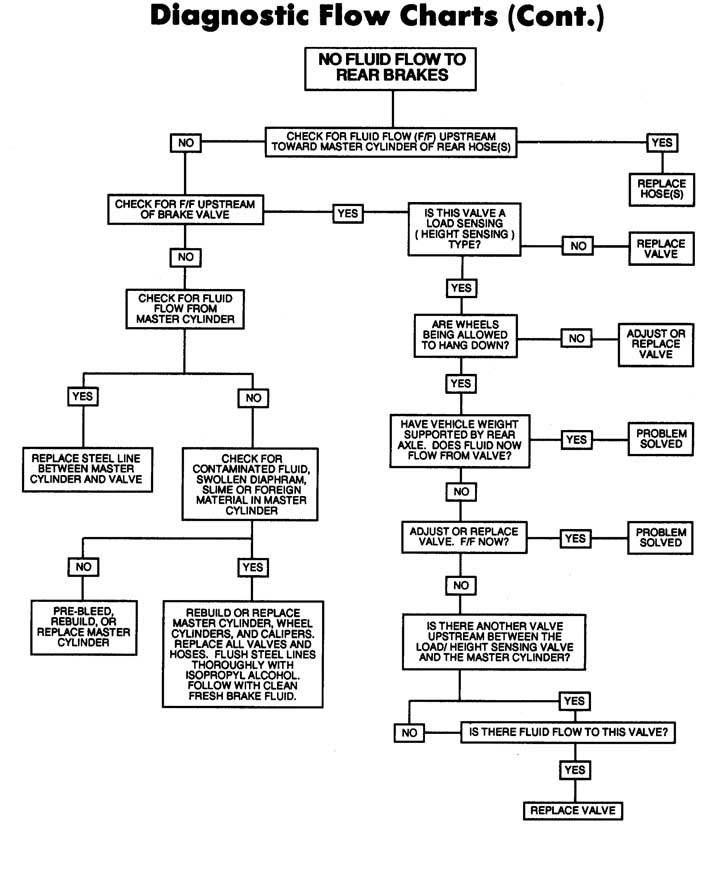
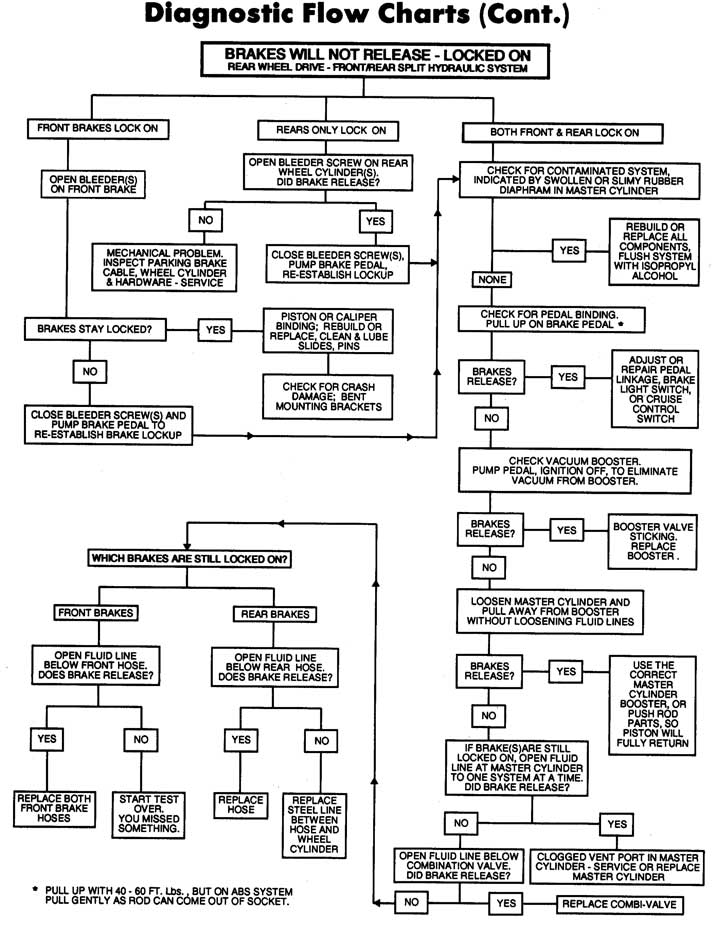
http://www.stoptech.com/tech_info/wp_wa ... disk.shtml
http://www.classicperform.com/TechBook/ ... eshoot.htm
http://autorepair.about.com/od/troubles ... brakes.htm
http://www.afcoracing.com/tech_pages/shoot.shtml
http://home.att.net/~m.prendergast-alli ... AKCHRT.htm
http://www.clarks-garage.com/shop-manual/ts-07.htm
There are a few different systems for bleeding the brake system (2-person, 1-person vacuum, pressure, etc.). Which one of them would you consider the best and why? Do you have a preference?[/QUOTE]
http://www.aaawholesalecompany.com/bem-484410-pk.html
NOTICE THEY COME singly for about $8-$9 each or 12 to a carton and cost about $60 a dozen so get two to 6 buddies to split the cost
medical supplys can be useful bleeding brakes

read this
http://www.popularmechanics.com/automot ... 13448.html
"Ive only found one semi-fool proof way, and thats with two guys, doing the old...
check the fluid level, pump the brake pedal,several times,....., hold it,firmly to the pressure point f,...release the bleeder valve, on the wheel, let the pedal hit the floor,...close the bleeder valve, only then, let the pedal up, repeat, about 4 times than refill the master cylinder,repeat untill you get clear new fluid and no air in the clear tubing, routine, on each wheel with a 1/4 dia section of 3 ft long clear plastic tube routeing the old brake fluid into a large plastic container, all the time getting feed back on feel from the guy pumping the brakes whos also and making sure the brake fluid resavoir never gets low
So Grumpy, are you of the opinion that a single person bleeder is NOT the way to go? I like to work on my ride at 0-dark thirty in the middle of the night and my buddies hate it when I call and try to drag them out of bed at that hour.
(although I could probably call you... you don't seem like you would mind at all
no, I probably would not mind at all, (I enjoy working on cars) but the wife might!
yes the brake bleed , suction tools can be used succesfully, but its still not as good as having someone help and give constant verbal feed back as to pedal feel and master cylinder fluid levels in my opinion.
http://djvmerchandise.com/pro1124764.html
http://djvmerchandise.com/pro1133025.html
http://www.harborfreight.com/cpi/ctaf/d ... mber=92474
INDYCARS posted this info









Last edited by a moderator:

